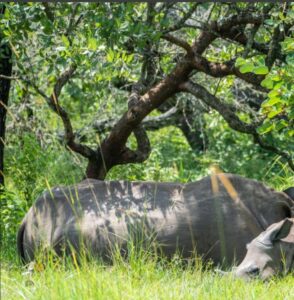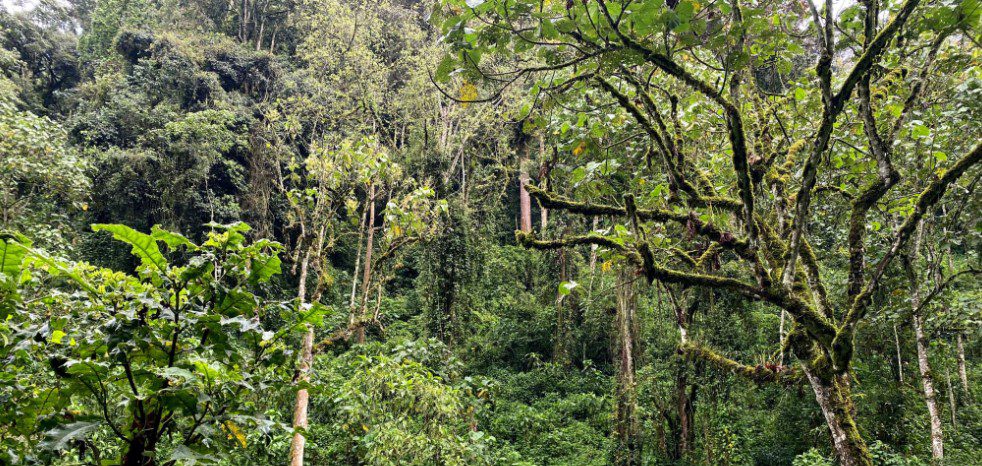Can I Camp Inside National Parks? An Ultimate Guide to Embracing Nature’s Wonders
Imagine waking up to the first rays of sunlight gently illuminating towering trees, the sound of birds greeting the dawn, and the smell of fresh pine or damp earth beneath your feet. The beauty of nature is truly awe-inspiring, and what better way to experience it than by camping inside a national park? Camping in these majestic landscapes offers an immersive experience that connects you to the raw beauty of the natural world. But the question many outdoor enthusiasts ask is: Can I camp inside national parks?
The answer is a resounding yes, but with certain guidelines and regulations that vary from park to park. This post will walk you through everything you need to know about camping in national parks, from the types of camping available, how to prepare, and how to make the most of this unforgettable experience.
The Thrill of Camping Inside National Parks
National parks are not just stretches of protected land; they are treasure troves of natural wonders. From the iconic views of Yellowstone’s geothermal features to the rugged beauty of Yosemite’s granite cliffs, these parks offer some of the most stunning backdrops for camping. Sleeping under the stars, surrounded by majestic landscapes, and waking up to a pristine wilderness is a dream come true for many nature lovers.
But it’s not just about the scenery. Camping inside a national park offers unique opportunities to connect with wildlife, experience the tranquility of the outdoors, and create memories that last a lifetime. Whether you’re an experienced camper or a first-timer, national parks provide the perfect environment for adventure and relaxation.
Types of Camping in National Parks
National parks offer a variety of camping experiences, from established campgrounds to backcountry campsites. Understanding the differences will help you choose the best option for your style of adventure.
1. Frontcountry Camping
Front country camping is the most common form of camping in national parks. It typically involves camping at developed campgrounds that provide access to amenities like restrooms, picnic tables, and sometimes even electrical hookups. These campgrounds are usually located near park entrances or popular trailheads, making them a convenient choice for those who want to be close to the park’s main attractions.
While frontcountry camping offers more comfort and convenience, it can also be busier, especially during peak seasons. Reservations are often required, particularly in well-known parks, so it’s important to plan ahead. Some campgrounds may offer ranger-led programs, campfire talks, and other educational opportunities that enhance your experience.
2. Backcountry Camping
If you crave solitude and adventure, backcountry camping is the way to go. Backcountry sites are typically found further from the main roads and require hikers to trek in to reach them. These campsites are often more primitive, with no amenities other than the beauty of the natural surroundings. It’s the perfect option for those seeking an authentic wilderness experience.
Backcountry camping often requires a permit, and many parks have strict regulations regarding camping locations to preserve the natural environment. If you’re planning on hiking into the backcountry, be sure to bring the necessary gear and be prepared for more challenging conditions, such as rough trails, unpredictable weather, and the possibility of wildlife encounters.
3. Group Camping
For larger groups or families, group camping sites are available in many national parks. These sites can accommodate a larger number of campers and are ideal for those looking to spend quality time with friends or family in the great outdoors. Group campsites often offer amenities like fire rings, picnic tables, and plenty of space for tents.
These sites are in high demand, so booking early is essential, especially during peak seasons.
4. Primitive Camping
Some parks also offer primitive camping options, where campers can set up camp in remote areas, often without any infrastructure. Primitive camping is a great way to experience the park in its most natural state, but it requires careful planning and preparation. You’ll need to bring everything you need, including water, food, and shelter. Additionally, you may need to follow specific Leave No Trace principles to minimize your environmental impact.
Rules and Regulations for Camping in National Parks
While the idea of camping inside national parks sounds idyllic, it’s important to understand that there are specific rules and regulations designed to preserve the natural beauty of these areas. Here are a few things to keep in mind when planning your camping trip:
1. Permits and Reservations
Most national parks require permits for camping, particularly for backcountry and primitive campsites. These permits help regulate the number of campers in sensitive areas and prevent overcrowding. Many parks also have a reservation system for frontcountry campsites, especially during peak seasons. It’s a good idea to check the park’s website or call ahead to ensure you have a spot reserved.
2. Campfire Regulations
Campfires are a beloved tradition of camping, but in national parks, they are often subject to strict regulations. Some parks have designated fire rings, while others may prohibit campfires entirely to prevent wildfires and minimize environmental impact. Always check the park’s fire regulations before you go, and be sure to follow Leave No Trace practices by properly extinguishing your fire when you’re done.
3. Wildlife Safety
One of the joys of camping in national parks is the chance to observe wildlife. However, it’s important to remember that you are sharing the park with these creatures, and their safety and yours are of utmost importance. Follow all guidelines for food storage, as many parks have specific rules to prevent animals like bears from scavenging through campsites. Never approach wildlife, and keep a safe distance to avoid disturbing them.
4. Leave No Trace
National parks are protected environments, and it’s crucial that we all do our part to preserve them for future generations. Practicing Leave No Trace principles ensures that your presence has minimal impact on the natural world. This includes packing out all trash, staying on designated trails, and minimizing your use of campfires. The goal is to leave the park exactly as you found it, if not better.
How to Prepare for Camping in a National Park
Camping inside a national park is a thrilling adventure, but proper preparation is key to making the most of your experience. Here are a few tips to help you prepare for your trip:
1. Plan Ahead
Before you head to the park, research your chosen location thoroughly. Learn about the park’s unique features, the best time to visit, and any special rules or regulations. If you plan on backcountry camping, make sure you understand the terrain, the weather conditions, and the distance to your campsite.
2. Pack Smart
Packing for a national park camping trip depends on the type of camping you’ll be doing. For frontcountry camping, you’ll likely need a tent, sleeping bag, food, and clothing suitable for the park’s climate. For backcountry trips, you’ll need more specialized gear, such as a lightweight tent, backpacking stove, water filter, and extra layers for protection from the elements.
3. Be Prepared for Weather
National parks can have unpredictable weather, especially at higher elevations. Even in summer, temperatures can drop dramatically at night. Always check the weather forecast before your trip, and bring gear suitable for all conditions, including rain, wind, and cold temperatures.





